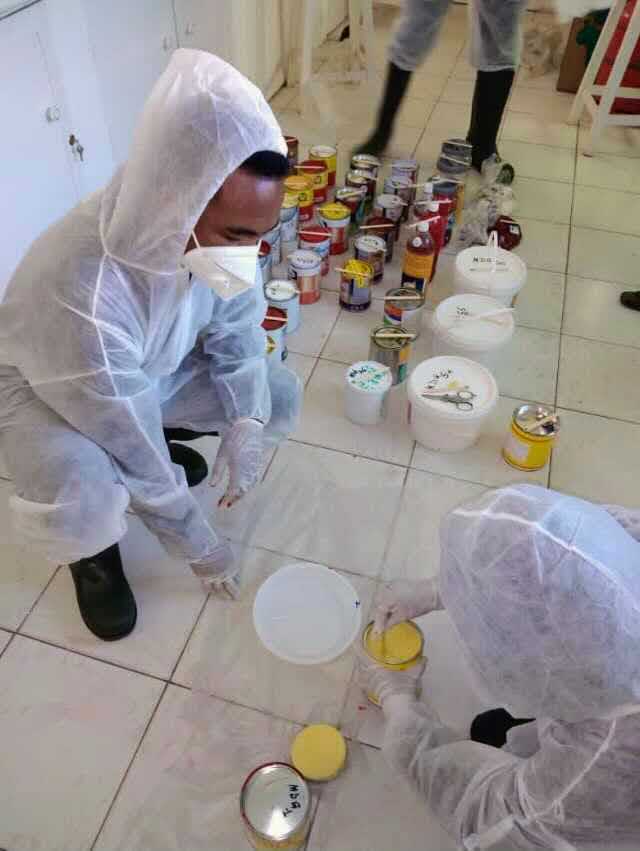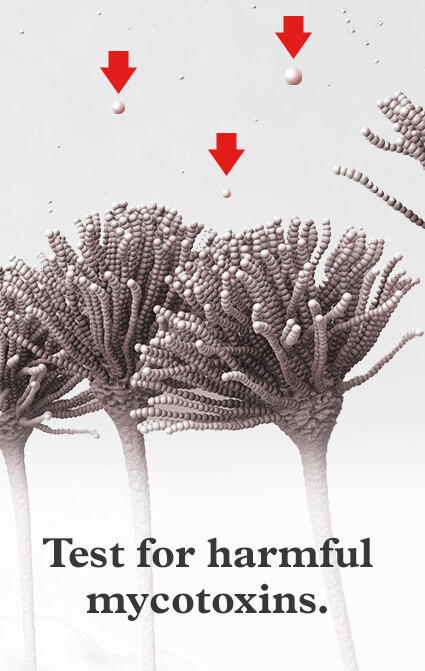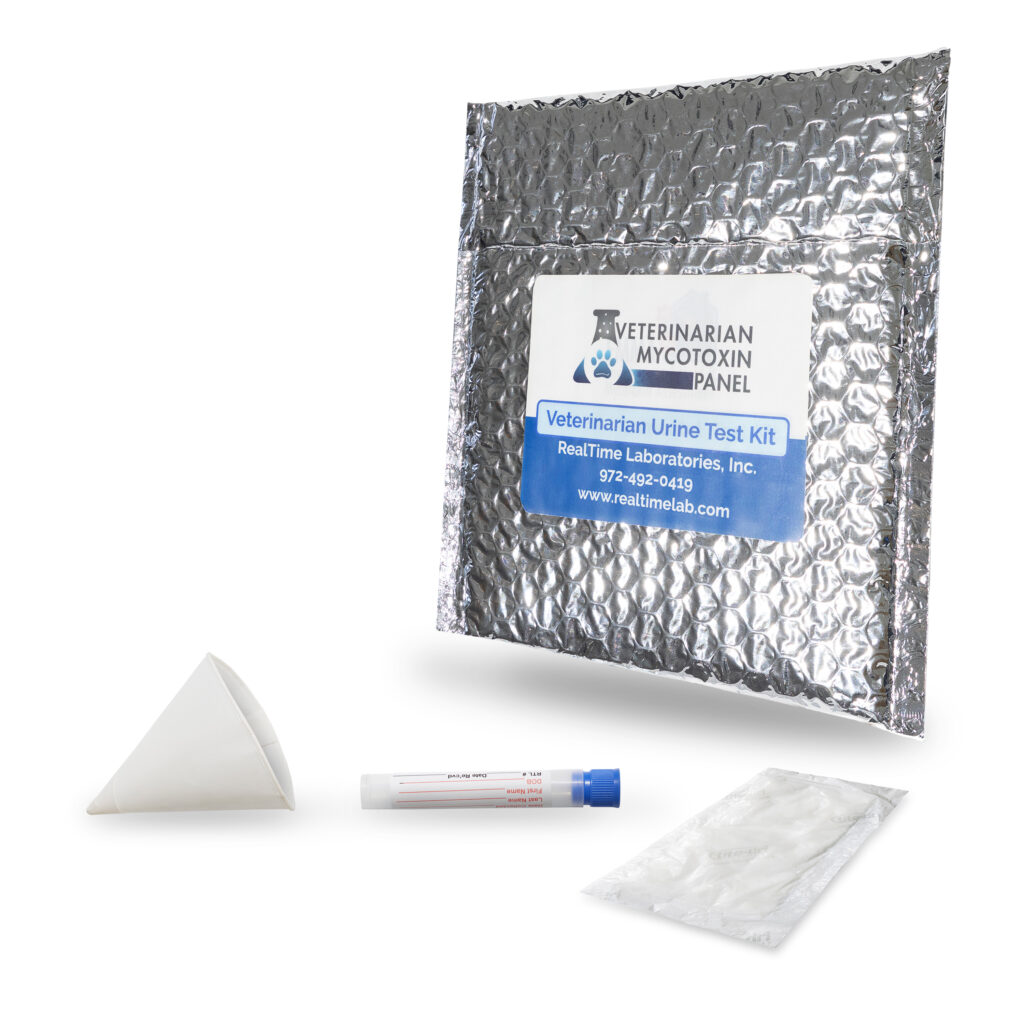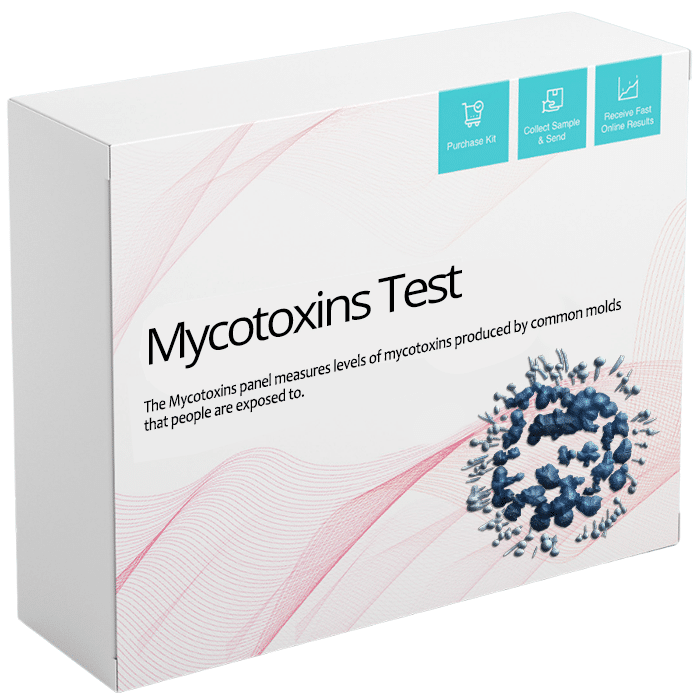Mycotoxin testing Services: A Secret Component in Threat Administration Techniques
Mycotoxin testing Services: A Secret Component in Threat Administration Techniques
Blog Article
Exactly How Mycotoxin Testing Helps Stop Contamination and Secure Food Products

Mycotoxin screening is an essential technique in the food market, offering as a frontline protection against contamination by damaging toxic substances produced by mold and mildews. With the application of sophisticated strategies like High-Performance Liquid Chromatography (HPLC) and Liquid Chromatography-Mass Spectrometry (LC-MS), food producers can properly spot and quantify mycotoxin degrees in agricultural items.
Understanding Mycotoxins
Understanding mycotoxins starts with recognizing that they are toxic second metabolites generated by certain molds, which can pollute farming items. These metabolites are not essential for the growth or recreation of the fungis however can have severe ramifications for human and animal wellness. Mycotoxins are typically located in staple crops such as corn, wheat, barley, and nuts, where they can multiply under particular problems of wetness and temperature.
There are several types of mycotoxins, each generated by different fungal species. Fusarium varieties create fumonisins and trichothecenes, both of which are linked with various acute and chronic health and wellness problems.

Threats of Mycotoxin Contamination
The risks of mycotoxin contamination are complex, positioning considerable dangers to both food safety and public health. Mycotoxins, toxic substances produced by particular sorts of fungis, can pollute a large range of farming products consisting of grains, nuts, seasonings, dried fruits, and coffee. When these contaminants infiltrate the food supply, they can bring about severe wellness problems such as liver damage, kidney failing, and also cancer cells. At risk populaces, consisting of kids, the senior, and immunocompromised individuals, are especially in danger.
Economic influences are another significant problem. Polluted plants can cause significant economic losses for farmers and food producers as a result of lowered returns and the requirement for expensive decontamination steps. International profession can be dramatically prevented as countries apply stringent mycotoxin regulations to protect their populations, leading to declined shipments and strained profession connections.
Ecological variables such as climate adjustment exacerbate the threat of mycotoxin contamination. Variations in temperature level and moisture can create positive problems for fungal development, boosting the probability of contamination events. Thus, understanding and minimizing these risks are important for guaranteeing the security and stability of worldwide food supplies.
Techniques of Mycotoxin Testing
Precisely recognizing mycotoxin contamination in farming products is vital for safeguarding public wellness and maintaining food safety requirements. Various approaches are used to find and measure mycotoxins, each offering particular benefits and constraints.
High-Performance Fluid Chromatography (HPLC) is a widely made use of approach because of its high sensitivity and precision. It entails dividing mycotoxins from other compounds in a sample, enabling exact metrology. Similarly, Liquid Chromatography-Mass Spectrometry (LC-MS) integrates liquid chromatography with mass spectrometry to give detailed molecular information, making it particularly beneficial for identifying several mycotoxins concurrently - Mycotoxin testing Services.

Gas Chromatography-Mass Spectrometry (GC-MS) and Thin-Layer Chromatography (TLC) are additionally utilized, each with one-of-a-kind applications. GC-MS is effective for volatile mycotoxins, while TLC supplies an easier, economical option for initial screening.
Benefits of Regular Evaluating
Regular screening for mycotoxins in farming items uses countless advantages, dramatically adding to public health and food safety and security. By identifying contamination early, normal testing assists prevent the distribution of hazardous foods, therefore minimizing the risk of mycotoxin-related diseases among consumers. This proactive strategy not just safeguards human health and wellness but likewise boosts the overall quality of food materials.
Different nations and areas have developed strict limits for mycotoxin levels in food and feed. Sticking to these limits with regular testing makes sure that producers and vendors fulfill legal requirements, thus staying clear of fines and profession barriers.
Additionally, regular mycotoxin screening can bring about substantial economic benefits. Early detection of contamination enables timely intervention, lowering possible losses from extensive contamination. Executing normal screening protocols can additionally lessen recall prices and associated responsibilities, which can be financially ravaging.
Moreover, normal screening offers useful information that can educate better agricultural techniques and storage conditions. By understanding patterns of contamination, manufacturers can embrace safety nets, thereby contributing and minimizing future risks to the sustainability of the food supply chain.
Executing Checking Procedures
Applying effective mycotoxin testing methods is vital for making certain the security and top quality of agricultural products. Each phase has to be inspected to pinpoint where mycotoxin contamination is most likely to occur.
Once critical control points are determined, choosing ideal testing techniques is important. Common strategies include enzyme-linked immunosorbent assay (ELISA), high-performance liquid Continued chromatography (HPLC), and mass spectrometry (MS) Each technique has its toughness and weaknesses; thus, picking the appropriate one depends upon the certain mycotoxin being examined, the called for level of sensitivity, and offered resources.

Lastly, incorporating the screening procedures into an extensive food safety management system is a good idea. This boosts traceability and allows quick rehabilitative activities when contamination is found, therefore guarding the stability of the food supply chain.
Conclusion
Mycotoxin testing is vital in stopping contamination and safeguarding food materials by enabling very early detection of harmful toxins produced by molds in farming items. Advanced approaches such as HPLC and LC-MS make sure compliance with security laws and safeguard customers from health risks. Routine testing boosts brand track record, monetary security, and count on food safety by lessening contamination-related losses and maintaining high standards in food production. Executing extensive screening protocols is thus crucial for the industry's total wellness.
Mycotoxin testing is a crucial method in the food sector, offering as a frontline protection versus contamination by hazardous toxic substances created by molds. An integrated technique involving agricultural techniques, storage space management, and regular my link testing can mitigate the threats associated with mycotoxin contamination, making certain food security and public wellness.
The dangers of mycotoxin contamination are complex, posing considerable dangers to both food safety and public health.Routine screening for mycotoxins my review here in agricultural items provides many benefits, substantially contributing to public wellness and food safety.Mycotoxin testing is crucial in protecting against contamination and safeguarding food products by allowing very early detection of damaging contaminants produced by molds in agricultural products.
Report this page